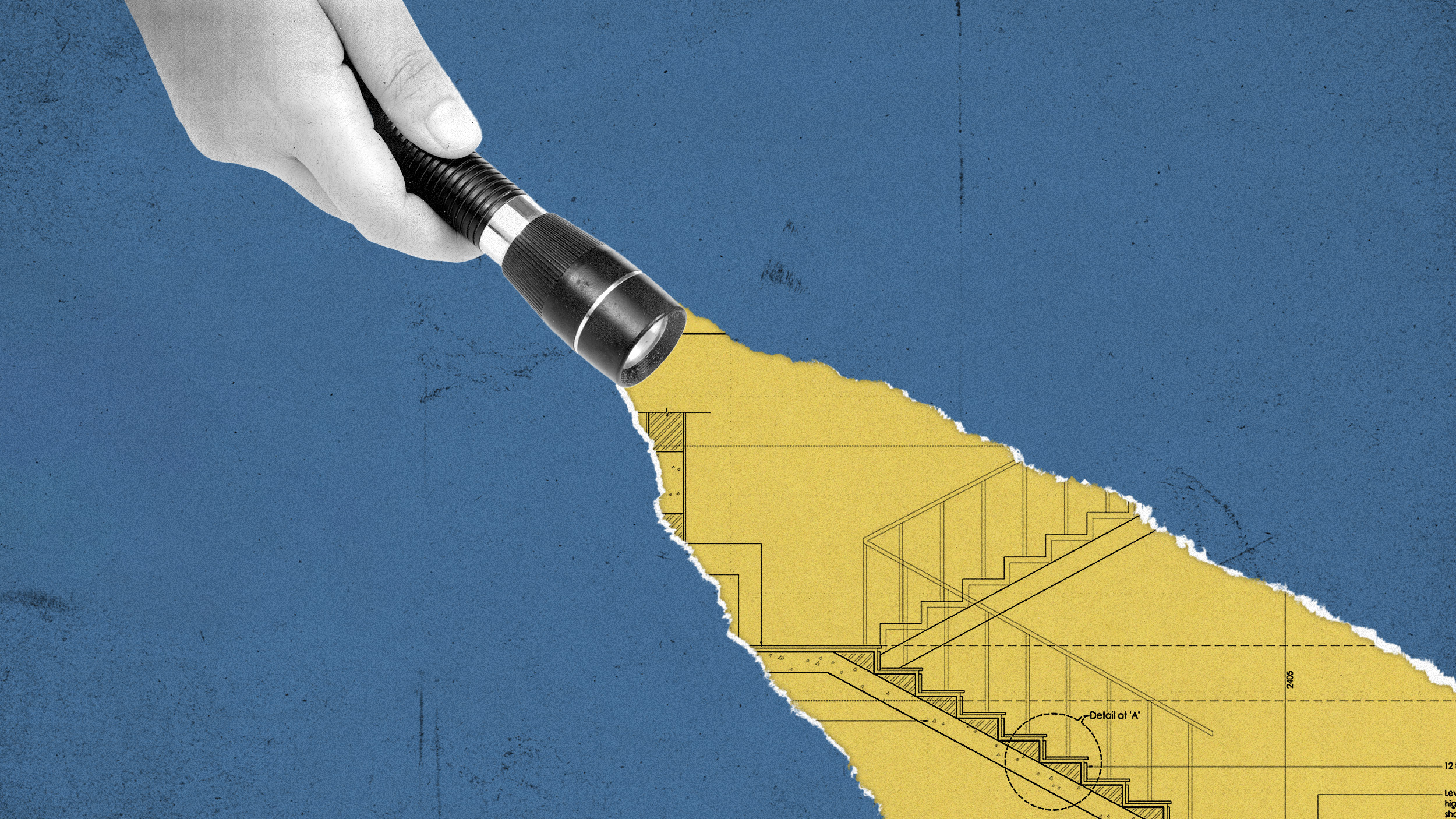7 keys to creating a culture of innovation

The pace and magnitude of the changes organizations must contend with today have made creating a culture of innovation an absolute necessity. Occasional innovation is not enough to remain competitive or support long-term survival.
Fostering this sort of culture makes innovation an organizational priority, which prevents leaders and teams from getting mired in the status quo and missing the opportunities that come with change.
Creating a culture of innovation: 7 key steps
Fostering an innovation culture requires aligning values, policies, and procedures with the goal of continuous improvement. It’s a collaborative effort involving multiple organizational levels, operational units, and functions. Here are seven ways to get started.
It starts with hiring…
Creating a culture of innovation begins with recruiting and hiring. Experts warn against letting unconscious biases which favor the familiar influence hiring decisions. The tendency to hire people with interests and backgrounds similar to those of the people doing the hiring can lead to a high degree of homogeneity and groupthink, which works against creativity.
Diverse perspectives are essential to innovation. According to innovation strategist Alex Gonzalez, it’s dangerous “not to bring a multitude of voices, values, thought mechanisms, needs, and belief systems to the innovation gallery.”
Homogeneity and groupthink work against creativity.
Many organizations are employing proven methods to prevent different forms of unintentional bias from influencing hiring decisions. Best practices for this purpose include standardizing the selection criteria to provide a comparable experience for all candidates, blind resume evaluations, interviews conducted by a diverse panel, and more.
Promote never-ending learning
Research shows that high-performing learning organizations are 92% more likely to innovate. L&D teams can play a key role in creating a culture of innovation by communicating and reinforcing continuous improvement as a shared value throughout the organization.
Employees must also learn the “how to” skills for innovation. These include capabilities such as problem-solving, design thinking, data analysis, and collaboration. Additionally, L&D can provide leaders with training on strategies for fostering an environment of psychological safety. This sort of environment encourages experimentation and risk-taking, without the fear of failure.

Dream BIG
In studying the science of productivity, Pulitzer-Prize winning reporter Charles Duhigg came across hundreds of examples demonstrating that “stretch goals” are the foundation of soaring innovation. After WWII, for example, the head of the railway system in Japan tasked engineers with building a train that could go 120 miles per hour, more than twice as fast as the fastest train to date. Faced with this challenge, the engineers had to think radically different than they had previously.
Innovation occurs when employees are encouraged to dream big, to aim higher than most would consider reasonable. In the video below, Duhigg explains how leaders can initiate stretch goals to achieve truly disruptive innovation. For example, stretch goals shouldn’t be constrained by existing technology, infrastructure, or imagined feasibility.
Put an end to micromanaging
Middle managers play an essential role in creating a culture of innovation: empowering their direct reports and resisting the urge to micromanage. Micromanagers tend to use the authority of their position to control how work gets done, create unnecessary bottlenecks, and focus on employees’ weaknesses and failures. All of this has a negative impact on engagement, productivity, and teamwork.
Middle managers must learn to recognize their direct reports’ skills and knowledge, and reward their efforts and accomplishments. Resisting the temptation to micromanage also requires managers to trust their teams to operate with greater autonomy. When empowered to come up with their own solutions, employees are unbound from the way things have been done in the past. They’re then far more likely to unleash their creativity, share ideas, and experiment with the confidence that comes from knowing their contributions are respected.
Bust hierarchy and silos
At an organizational level, major barriers to creating a culture of innovation include the rigid hierarchical nature of many companies and departmental silos that are antithetical to the free flow of knowledge. However, most innovation occurs at the interfaces between vertical silos and requires horizontal collaboration.
Most innovation occurs at the interfaces between vertical silos and requires horizontal collaboration.
Eliminating these barriers starts at the top. Dr. Waguih Ishak – chief technologist at Corning Research & Development Corporation – suggests, “You can reinforce the cultural benefits of innovation parenting by opening up organizational space to allow innovators to bypass barriers and hierarchies that often sap creativity.”
Become deliberate listeners
Creating a culture of innovation requires connecting with the world beyond the organization’s four walls. Product and marketing teams must learn to listen deliberately to the voice of the customer, pinpointing their challenges and needs rather than making assumptions. Those who work closest with buyers must also have a mechanism for sharing the information they acquire with other groups throughout the organization.
For example, Amazon describes how the company drives continuous innovation by staying close to their customers, the problems they face, and how their needs evolve over time. Amazon calls this “customer-centric innovation,” a process which requires building a data-driven “culture of customer obsession.”
Foster belonging
A culture of innovation can only arise within an organizational climate where acceptance and belonging are evident. In many ways, innovation is a natural byproduct of inclusivity. According to the Center for Creative Leadership, when people consistently feel included and experience a sense of belonging in their workplace, they’re more willing to take risks and be transparent about their ideas, even ones that seem over-the-top.
Innovation is a natural byproduct of inclusivity.
Belonging fosters an innovation mindset characterized by curiosity and is an integral aspect of a psychologically safe work environment. In this sort of environment, collaboration takes precedence over competition and all perspectives are equally valued.
Final thoughts
Creating a culture of innovation requires champions and cheerleaders at every level and in every function within an organization. Their role is to spearhead and sustain the cultural changes that support the free flow of information, employee empowerment, collaborative problem-solving, and initiative that lead to innovation and make an organization dynamic, responsive, adaptable, and resilient.
In the words of The Walt Disney Company’s CEO Bob Iger, “The riskiest thing we can do is just maintain the status quo.” Without a high level of commitment throughout the organization to establish the conditions that foster innovation, that risk can be very real.





